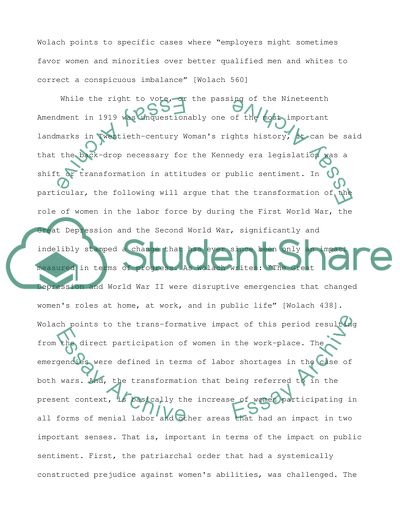Cite this document
(“John. F. Kennedy and Woman's rights Essay Example | Topics and Well Written Essays - 2000 words”, n.d.)
Retrieved de https://studentshare.org/history/1390291-john-f-kennedy-and-womans-rights
Retrieved de https://studentshare.org/history/1390291-john-f-kennedy-and-womans-rights
(John. F. Kennedy and Woman'S Rights Essay Example | Topics and Well Written Essays - 2000 Words)
https://studentshare.org/history/1390291-john-f-kennedy-and-womans-rights.
https://studentshare.org/history/1390291-john-f-kennedy-and-womans-rights.
“John. F. Kennedy and Woman'S Rights Essay Example | Topics and Well Written Essays - 2000 Words”, n.d. https://studentshare.org/history/1390291-john-f-kennedy-and-womans-rights.


